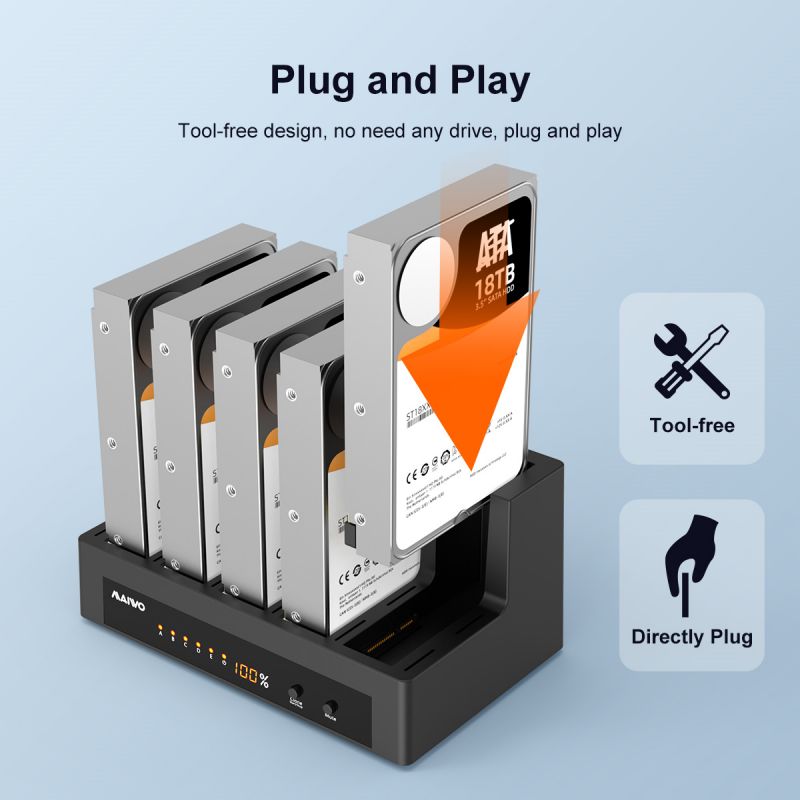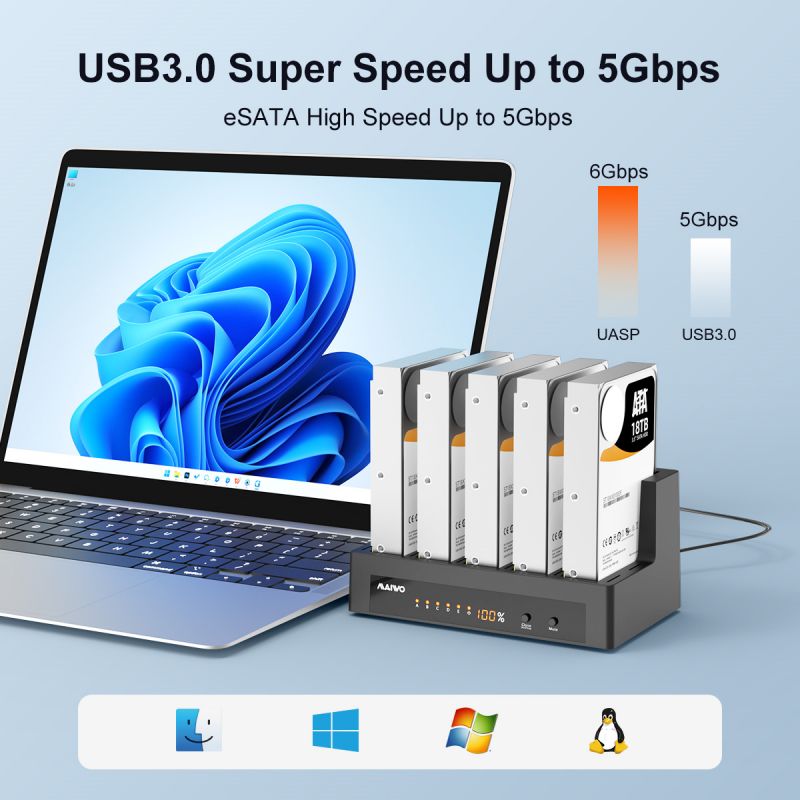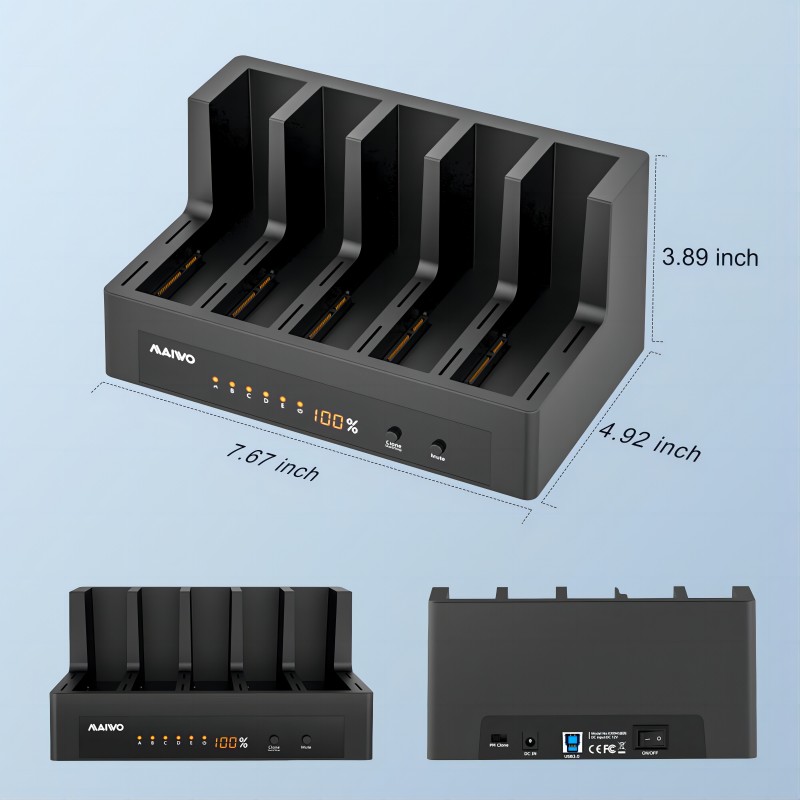Cloning a hard drive is a common practice used to create an exact copy of its contents onto another drive. Whether upgrading to a larger drive, replacing a failing disk, or migrating to a new system, efficient cloning methods are essential for minimizing downtime and ensuring data integrity. In this article, we will explore the fastest ways to clone a hard drive, examining various techniques, software solutions, and best practices for achieving rapid and reliable results.
1. Hardware Cloning Devices:
One of the fastest methods for cloning a hard drive is using dedicated hardware cloning devices. These devices, also known as disk duplicators or cloning stations, connect directly to the source and destination drives, bypassing the need for a computer. Hardware cloning devices offer high-speed data transfer rates and can clone entire drives in a fraction of the time compared to software-based methods. They are ideal for bulk cloning operations and environments where speed is paramount.
2. Disk Imaging Software:
Disk imaging software offers a versatile and efficient solution for cloning hard drives duplicator using a computer. These software applications create a complete image or snapshot of the source drive, including the operating system, files, and partitions. Once the image is created, it can be transferred to the destination drive, effectively cloning its contents. Disk imaging software often includes features such as scheduling, incremental backups, and compression, allowing for efficient and customizable cloning operations.
3. Solid-State Drive (SSD) Cloning:
Cloning a hard drive duplicator to a solid-state drive (SSD) presents unique challenges and considerations due to differences in technology and performance characteristics. To achieve the fastest SSD cloning results, it is essential to use specialized cloning software optimized for SSDs. These software solutions leverage advanced algorithms and techniques to maximize data transfer speeds and ensure compatibility with SSDs' unique features, such as wear leveling and TRIM support. Additionally, utilizing a high-speed SATA or NVMe interface can further enhance cloning performance when transferring data to an SSD.


4. Network Cloning:
For cloning multiple hard drives across a network or remotely accessing drives for cloning purposes, network cloning offers a convenient and efficient solution. Network cloning involves using specialized software or network-attached storage (NAS) devices to clone hard drives over a local network or the internet. This method allows for simultaneous cloning of multiple drives and eliminates the need for physical connectivity between source and destination drives. However, network cloning speeds may be limited by network bandwidth and latency, so it is essential to optimize network settings and infrastructure for maximum performance.
5. Best Practices for Fast Cloning:
Regardless of the chosen method, several best practices can help maximize cloning speed and efficiency:
- Close unnecessary programs and applications running on the computer to free up system resources.
- Use high-quality cables and connectors to ensure reliable data transfer between drives.
- Defragment and optimize the source hard drive before cloning to improve data read/write speeds.
- Avoid multitasking during the cloning process to prevent performance degradation.
- Monitor cloning progress and verify the integrity of the cloned drive using built-in verification features or third-party utilities.

Conclusion:
Cloning a hard drive quickly and efficiently is essential for various purposes, including data backup, system migration, and hardware upgrades. By leveraging hardware cloning devices, disk imaging software, SSD optimization techniques, network cloning, and best practices, users can achieve rapid and reliable results while minimizing downtime and data loss. Understanding the capabilities and limitations of different cloning methods allows individuals and organizations to choose the most suitable approach for their specific needs and requirements.